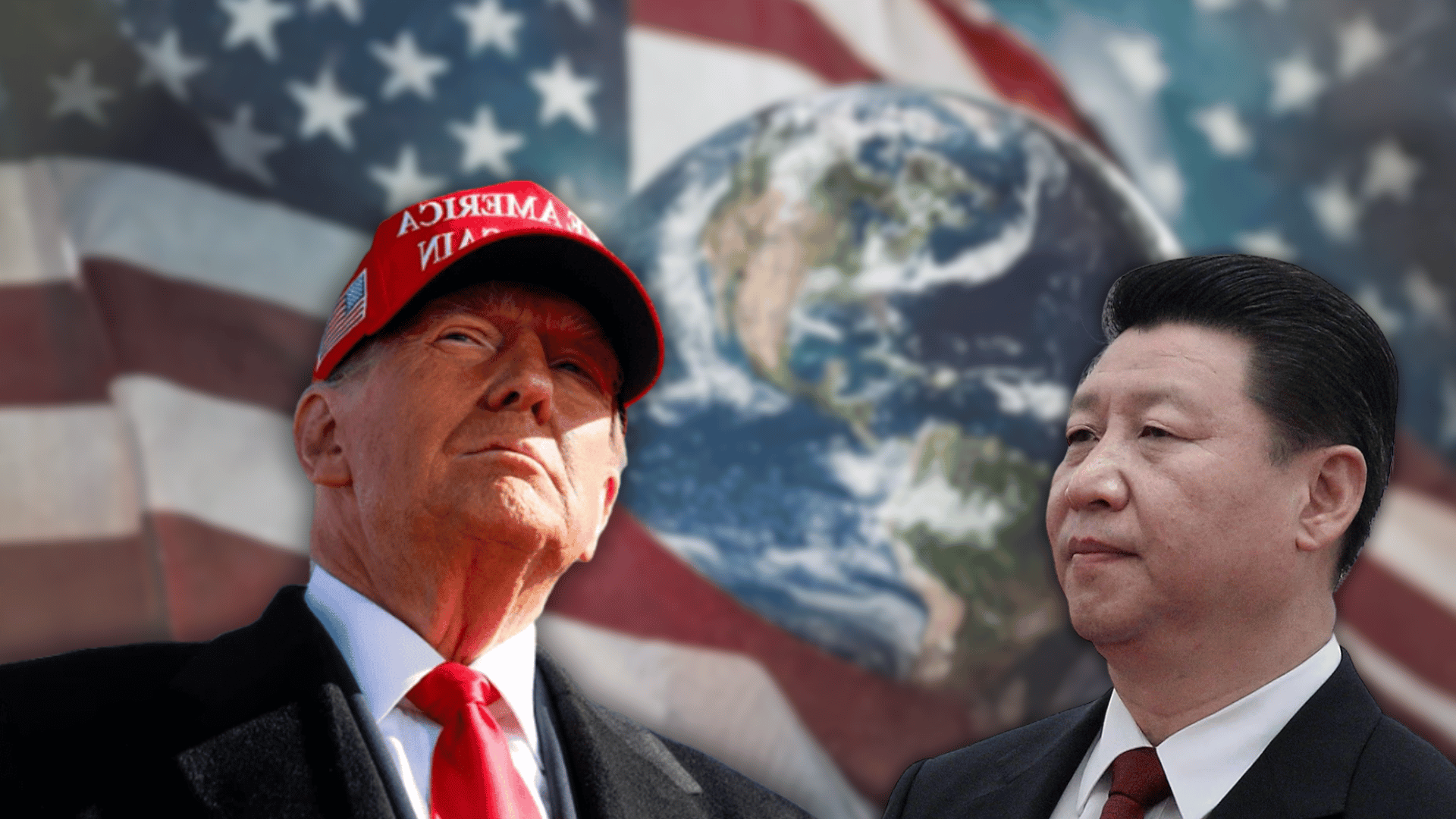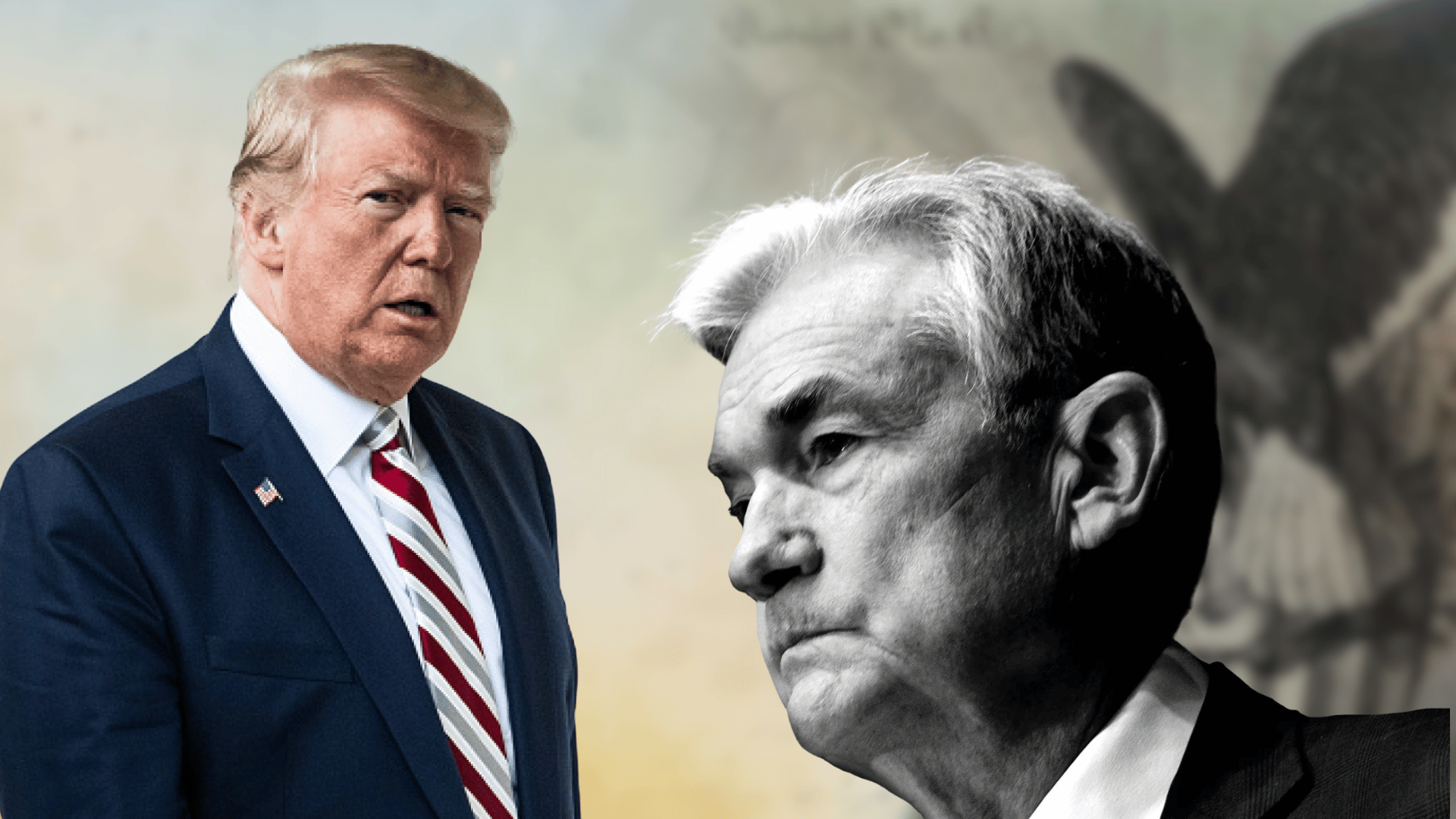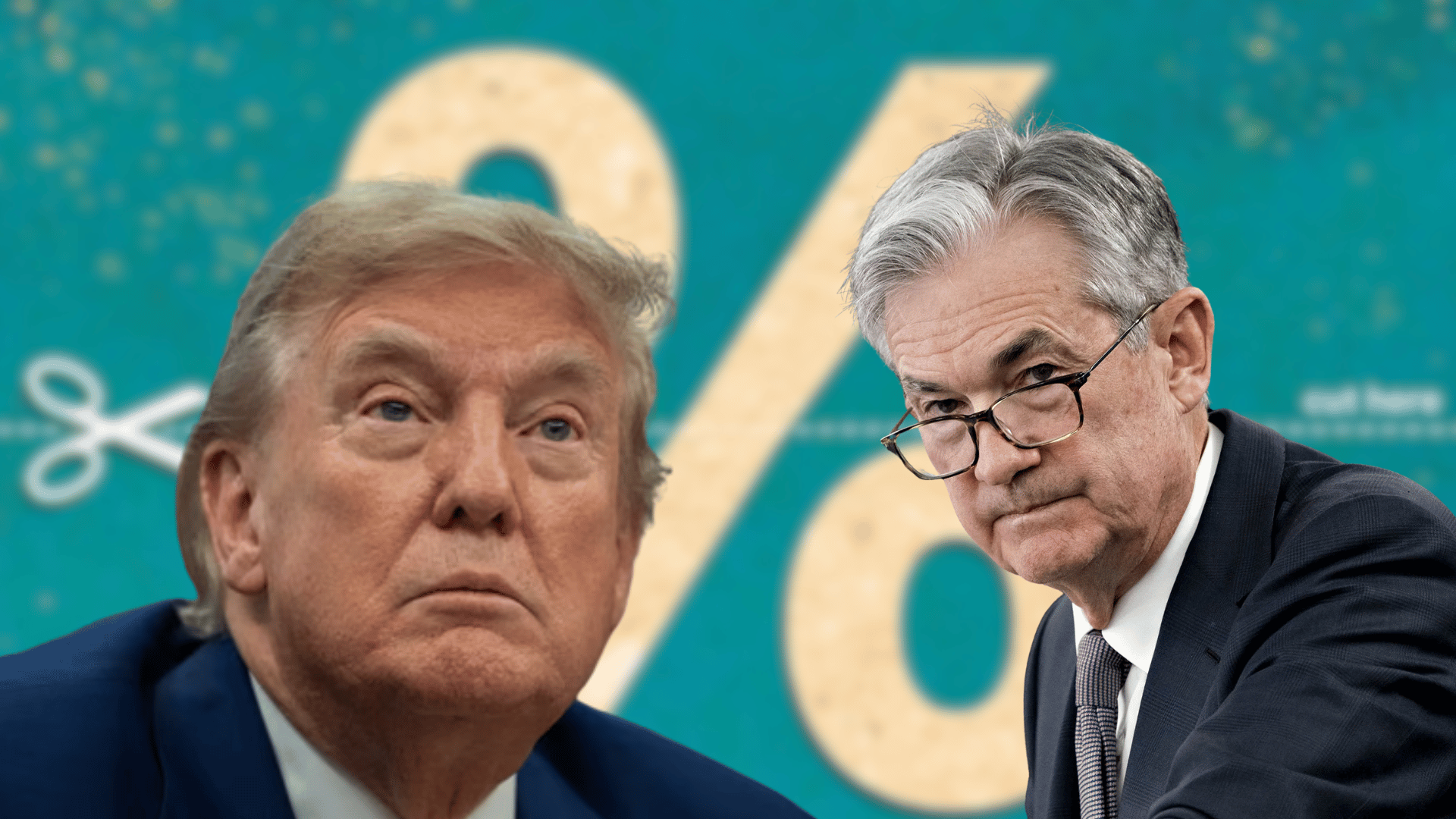Trump Announces Worldwide Tariffs, Emphasizes China Will Pay

- Trump lowered his proposed global tariff rate to 15–20% for countries without U.S. trade deals, down from the previous 15–50% range.
- New trade deals with the U.K. and EU have been finalized, while most other nations face a simplified flat-rate tariff system.
- Critics warn that U.S. consumers may bear the cost of tariffs through increased prices, even as Trump promotes the policy as pro-industry.
President Donald Trump announced Monday that most countries failing to secure individual trade deals with the United States by the looming August 1 deadline will face a flat tariff rate “somewhere in the 15 to 20% range.” The updated figure is notably more restrained than the 15% to 50% range he mentioned just last week. Speaking from Scotland alongside U.K. Prime Minister Keir Starmer, Trump said, “I just want to be nice,” before reiterating that “probably one of those two numbers” will apply to nations without finalized trade agreements.
Recent U.S. Trade Deals with U.K. and EU
The U.S. has already reached new trade deals with both the U.K. and the European Union. Trump recently met with European Commission President Ursula von der Leyen and announced the finalized EU pact during his European visit. As part of that deal, the EU agreed to purchase $750 billion in U.S. energy and hundreds of billions in military equipment. Trump’s approach aims to sidestep the U.S.’s older, more complex web of over 200 existing trade agreements, favoring simpler bilateral arrangements instead.
The Push for Simpler Tariffs
Trump explained that managing hundreds of unique agreements is “too much for anybody,” suggesting that flat-rate tariffs provide a more manageable alternative for both U.S. businesses and the federal government. He framed the upcoming deadline as a soft ultimatum: either negotiate a trade deal with the U.S. or be subject to the new standard tariff rate. This streamlined model, he believes, will support American industry while making global trade policy more predictable.
Tariffs May Hit U.S. Consumers
While Trump emphasized the benefits of the tariff policy for domestic manufacturing, critics have been quick to point out that tariffs are paid by U.S. importers—not foreign governments—and are typically passed along to American consumers through higher retail prices. With the August 1 deadline approaching, the world is watching to see how many countries fall into Trump’s “deal or tariff” model—and how that will affect global markets and household budgets.
The post Trump Announces Worldwide Tariffs, Emphasizes China Will Pay first appeared on BlockNews.
Read More

Trump Claims He Will Miss Jerome Powell Once He is Gone: Here is Why
Trump Announces Worldwide Tariffs, Emphasizes China Will Pay

- Trump lowered his proposed global tariff rate to 15–20% for countries without U.S. trade deals, down from the previous 15–50% range.
- New trade deals with the U.K. and EU have been finalized, while most other nations face a simplified flat-rate tariff system.
- Critics warn that U.S. consumers may bear the cost of tariffs through increased prices, even as Trump promotes the policy as pro-industry.
President Donald Trump announced Monday that most countries failing to secure individual trade deals with the United States by the looming August 1 deadline will face a flat tariff rate “somewhere in the 15 to 20% range.” The updated figure is notably more restrained than the 15% to 50% range he mentioned just last week. Speaking from Scotland alongside U.K. Prime Minister Keir Starmer, Trump said, “I just want to be nice,” before reiterating that “probably one of those two numbers” will apply to nations without finalized trade agreements.
Recent U.S. Trade Deals with U.K. and EU
The U.S. has already reached new trade deals with both the U.K. and the European Union. Trump recently met with European Commission President Ursula von der Leyen and announced the finalized EU pact during his European visit. As part of that deal, the EU agreed to purchase $750 billion in U.S. energy and hundreds of billions in military equipment. Trump’s approach aims to sidestep the U.S.’s older, more complex web of over 200 existing trade agreements, favoring simpler bilateral arrangements instead.
The Push for Simpler Tariffs
Trump explained that managing hundreds of unique agreements is “too much for anybody,” suggesting that flat-rate tariffs provide a more manageable alternative for both U.S. businesses and the federal government. He framed the upcoming deadline as a soft ultimatum: either negotiate a trade deal with the U.S. or be subject to the new standard tariff rate. This streamlined model, he believes, will support American industry while making global trade policy more predictable.
Tariffs May Hit U.S. Consumers
While Trump emphasized the benefits of the tariff policy for domestic manufacturing, critics have been quick to point out that tariffs are paid by U.S. importers—not foreign governments—and are typically passed along to American consumers through higher retail prices. With the August 1 deadline approaching, the world is watching to see how many countries fall into Trump’s “deal or tariff” model—and how that will affect global markets and household budgets.
The post Trump Announces Worldwide Tariffs, Emphasizes China Will Pay first appeared on BlockNews.
Read More

 1⃣7⃣% MAYBE
1⃣7⃣% MAYBE 



